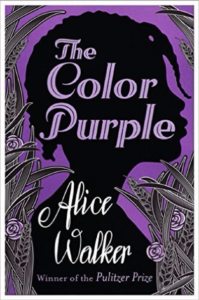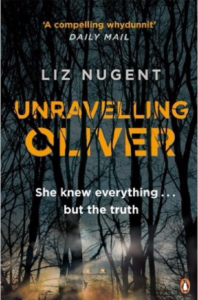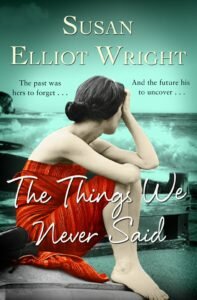
The Blurb
Set in the deep American South between the wars, The Color Purple is the classic tale of Celie, a young black girl born into poverty and segregation. Raped repeatedly by the man she calls ‘father’, she has two children taken away from her, is separated from her beloved sister Nettie and is trapped into an ugly marriage. But then she meets the glamorous Shug Avery, singer and magic-maker – a woman who has taken charge of her own destiny. Gradually Celie discovers the power and joy of her own spirit, freeing her from her past and reuniting her with those she loves.
My Thoughts
‘Nothing but death can keep me from it.’
I remember watching the film as a teenager and had always meant to get round to reading the book. The 10 books of summer challenge gave me the impetus to finally get it read.
Set in 1930’s Southern America, it follows the life of Celie, a poor black woman surviving in a country where segregation between African Americans and white people still exists.
Told in first person narrative through Celie’s letters, firstly to God and then to her sister Nettie, we are given a first hand account of the impact of race, gender and class on an ordinary woman.
Alice’s characterisation is second to none. The use of colloquial language and the phonetic spelling of a woman who has not had the privilege of a decent and continuing education, all add to the essence of Celie and the time and place she is living in.
Celie’s experiences do not make for comfortable reading. Treated appallingly by her family, her start in life is not a good one. Her relationship with her estranged sister and the hope that she will see her again keeps her going.
Celie is downtrodden by her family life and the lack of expectations for her. However, as the book progresses we see Celie gain an inner strength through her relationship with Shug Avery and her eventual blossoming results in an uplifting tale.
The inequalities are quite astounding and sadly a realistic portrayal of America during this time. Domestic abuse is rife, with the men viewing themselves as having to keep their women in their place. I was struck by the racial inequalities particularly when Celie talks of going to the ’coloured cemetery’. Gender impounds on this racial inequality further – if African Americans are second class citizens then the African American females are the third class citizens.
A powerful and moving book, often sad and shocking, I am so glad I finally got round to reading this wonderfully written piece of literature.
First published in 1982, this edition published 2014 by Phoenix eBook.




